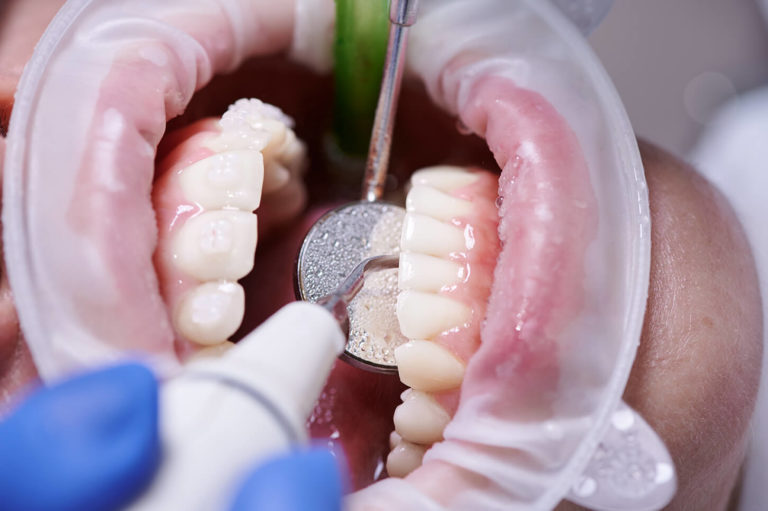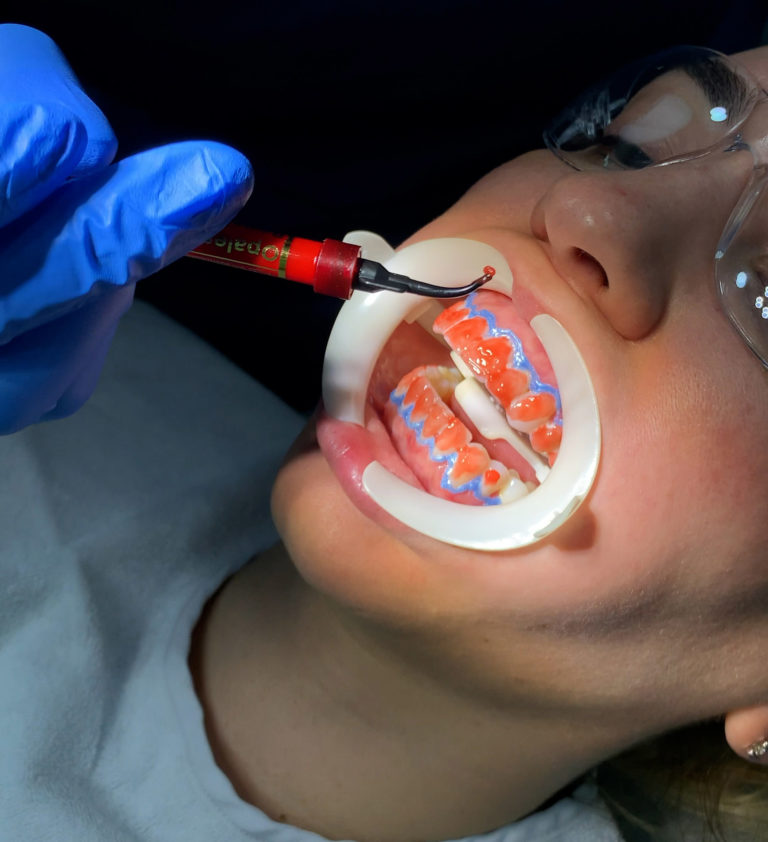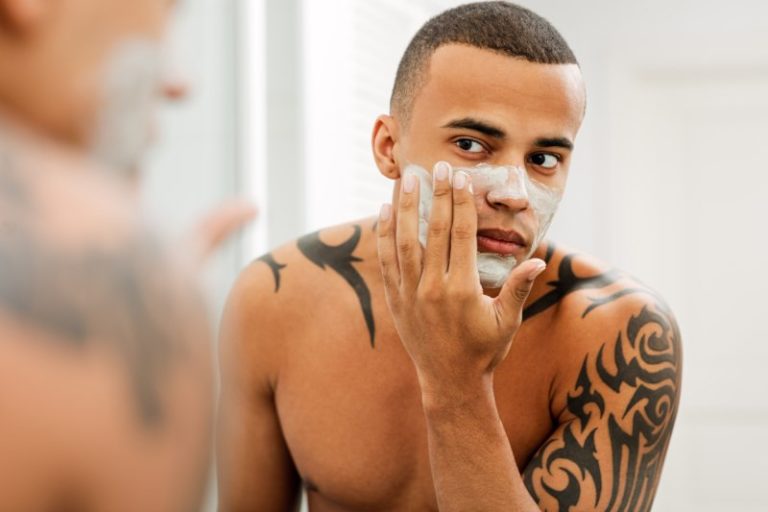Facelift
What is facelift?
At Cliniq, the facelift is a plastic surgery technique that includes all the procedures necessary to correct the facial muscles, tighten the skin, remove excess skin and give the face and neck greater firmness and freshness.
This treatment addresses signs of aging such as deep wrinkles, sagging and loss of facial contour, restoring a natural and revitalized appearance. Using advanced and personalized techniques, our surgeons ensure lasting and harmonious results, bringing trust and freshness back to our patients.
Benefits of facelift
The benefits of facelift are multiple and can significantly improve the appearance and confidence of patients.
Natural appearance: With advanced and personalized techniques, the facelift can achieve natural results that do not give the impression of obvious surgery, but of a harmonious rejuvenation.
Reduction of flaccidity: The facelift is effective to remove sagging skin and hanging on the face and neck, giving a firmer and more toned look.
Redefinition of the facial contour: The procedure restores the contour of the face, improving the definition of the jaw and neck, and eliminating sagging in these areas.
Combination with other procedures: The facelift can be combined with other aesthetic treatments, such as blepharoplasty or eyebrow lift, to achieve a comprehensive facial rejuvenation.
Improved self-esteem: By improving the appearance of the face, many patients experience an increase in confidence and self-esteem, feeling more comfortable and safe in their daily lives.
How is a facelift?
At Cliniq, blepharoplasty is an advanced surgical procedure that improves the appearance of Cliniq, the facelift is done by means of a surgical procedure that involves the removal of excess skin and tension of the facial muscles for rejuvenate the face.
Under general or local anesthesia with sedation, the surgeon makes discreet incisions, usually around the ears and the hairline, to access the underlying tissues.
The skin is lifted, the muscles tighten and the excess skin is trimmed, achieving a more defined and youthful facial contour. The incisions are carefully closed to minimize scars, and detailed instructions for postoperative recovery are provided.
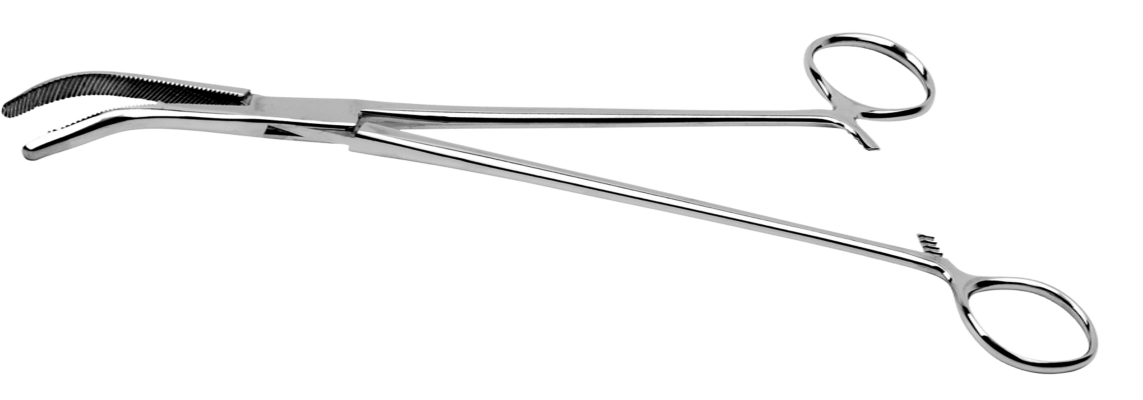
Results you can
reach and enjoy
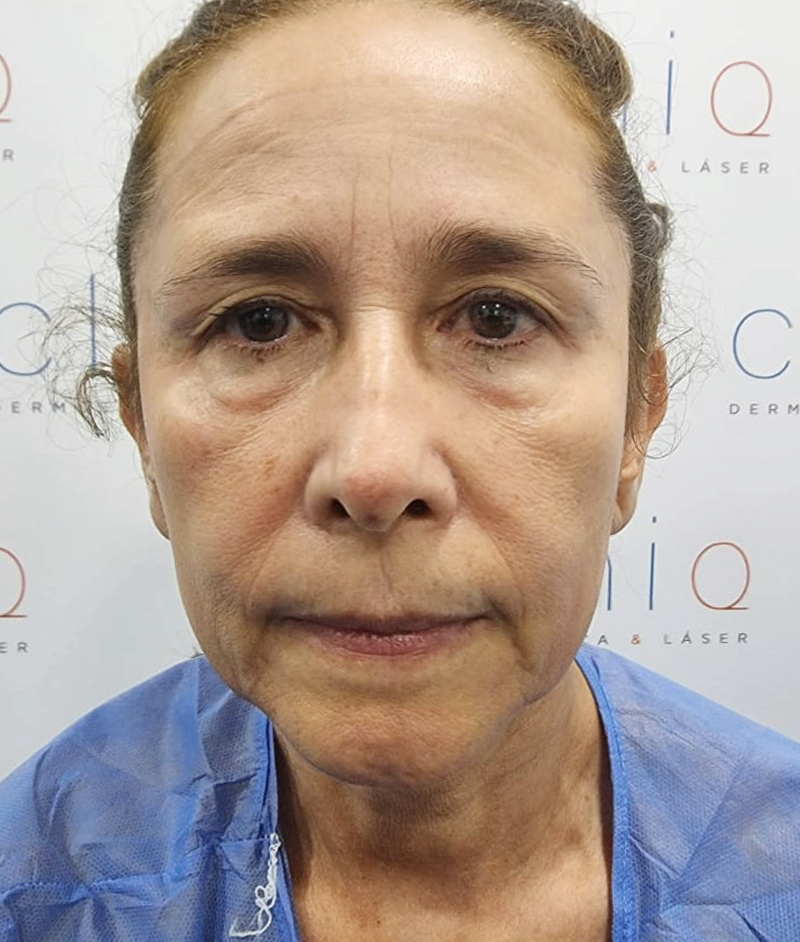
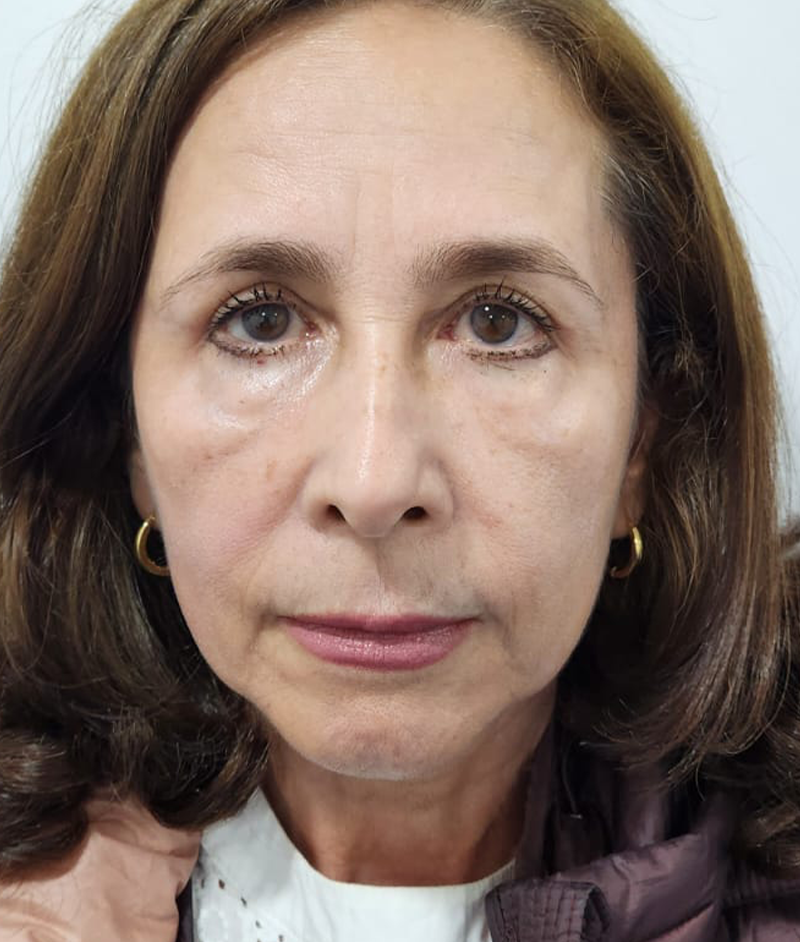
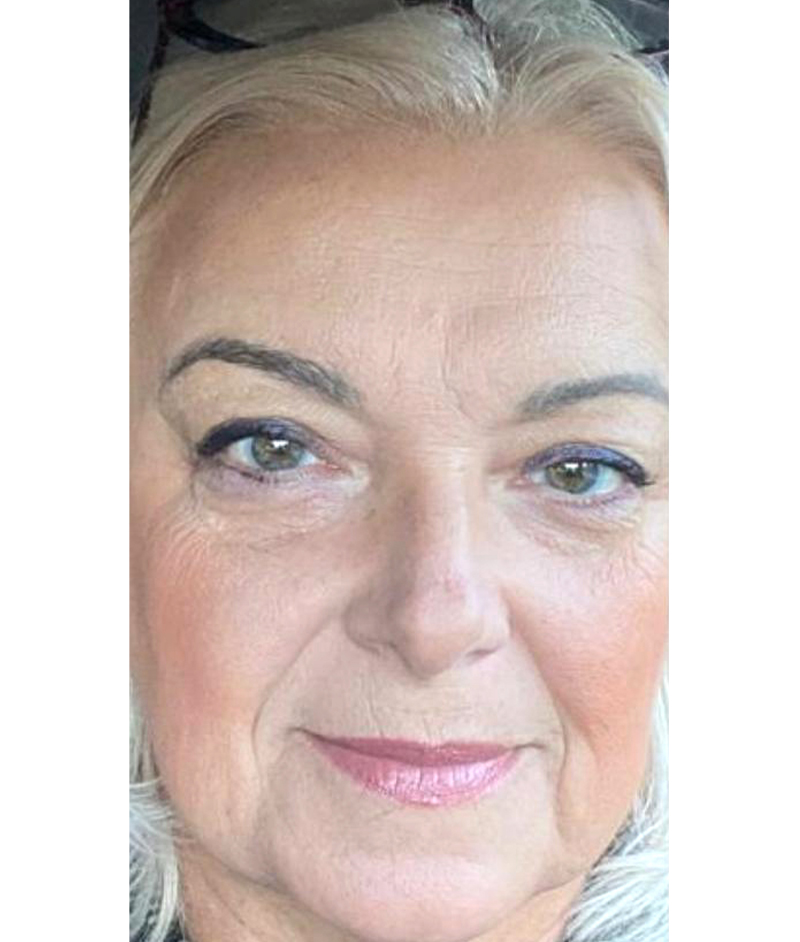
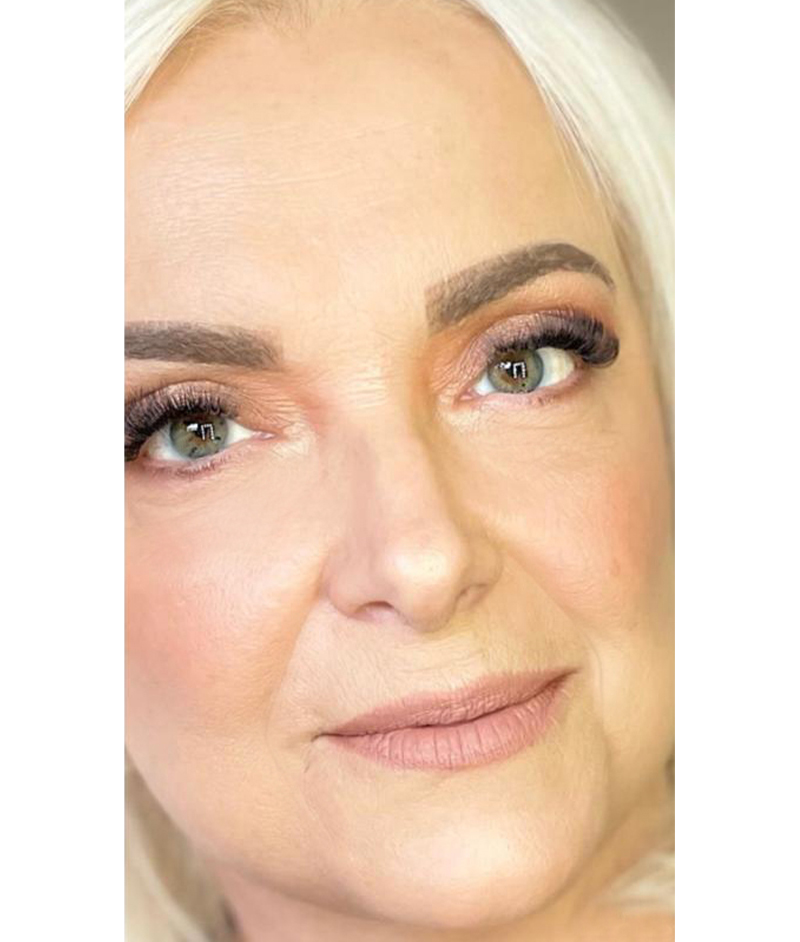
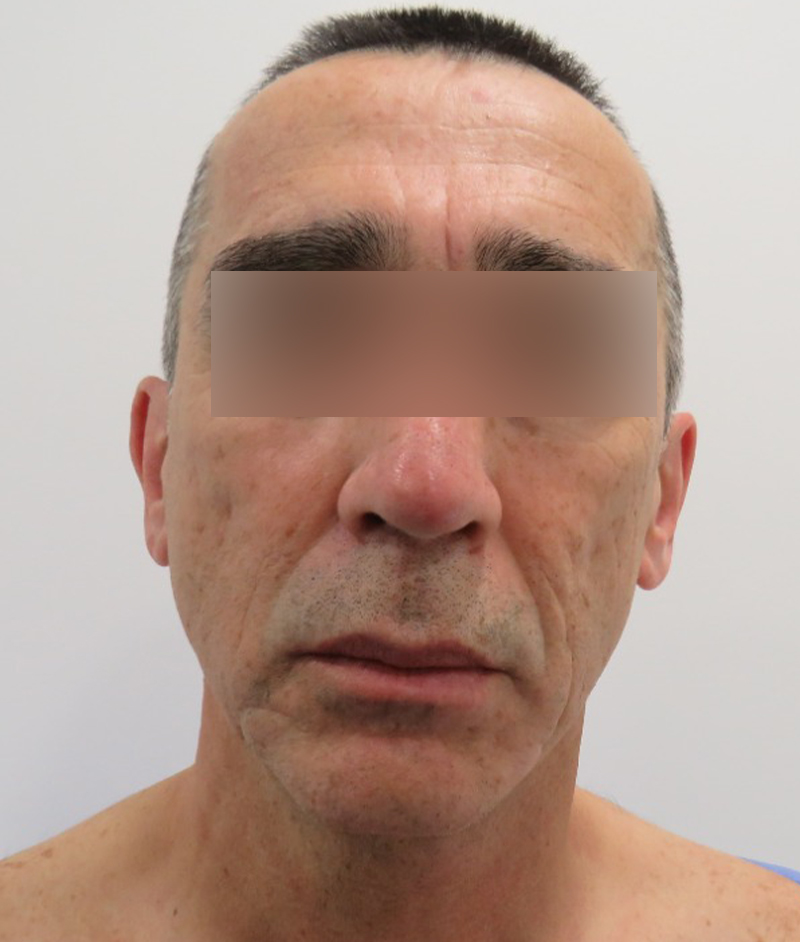
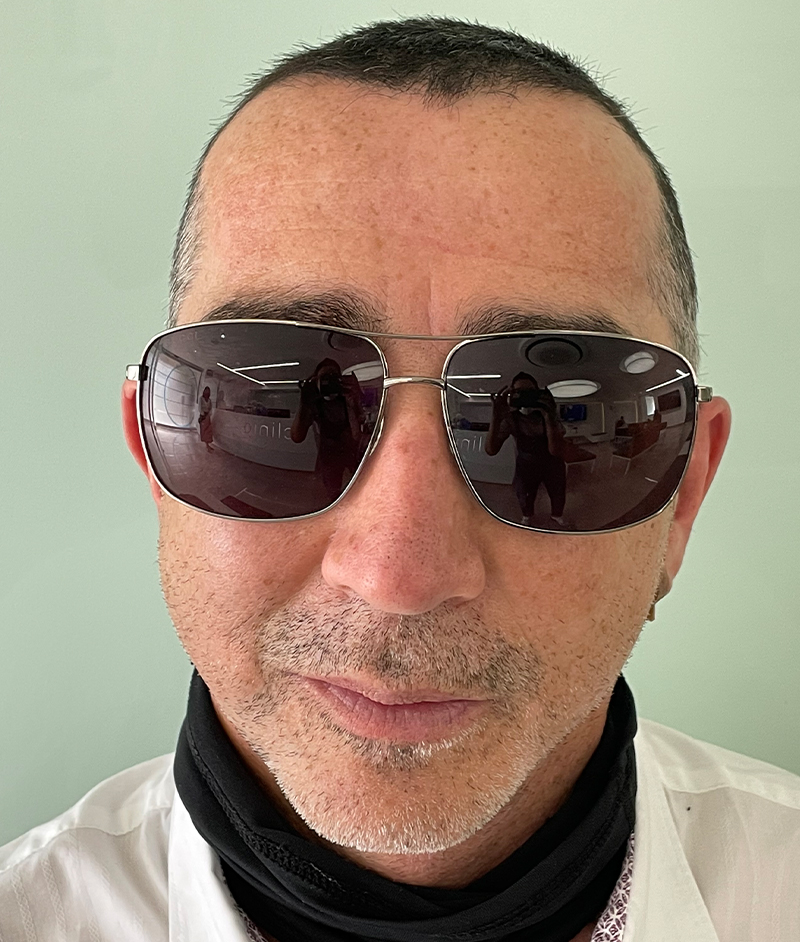
Learn more
At Cliniq, facelift is usually done under two types of anesthesia, depending on the complexity of the procedure and the patient’s needs:
General anesthesia: The patient is completely asleep during the procedure, which guarantees that he will not feel pain or be aware during the surgery. This type of anesthesia is preferred for more extensive procedures.
Local anesthesia with sedation: Local anesthesia is given to numb the face area together with intravenous sedation to relax the patient. This approach allows the patient to be calm and comfortable, although aware, and is suitable for less extensive procedures.
The choice of the type of anesthesia is made in consultation with the patient, considering their preferences and the recommendations of the surgeon to ensure maximum comfort and safety during surgery.
Recovery after a facelift at Cliniq involves several essential steps to ensure proper healing and optimal results. In the initial phase, patients may experience swelling and bruising, which gradually subside over the first few weeks.
Keeping the head elevated and applying cold compresses is recommended to help reduce swelling. It is crucial to avoid strenuous activity and follow the surgeon’s instructions regarding incision care. Most patients can return to their normal routines fairly quickly, although full recovery and the appearance of final results may take several weeks.
The facelift generates a temporary disability that varies according to the patient and the extent of the procedure.
Immediate disability: Patients should avoid strenuous activities, lift heavy objects, and bend down. It is common to experience inflammation, bruising and a feeling of tightness on the skin.
Short-term disability: Most patients can return to their normal activities and work, as long as it does not involve significant physical effort. Inflammation and bruising continue to decrease. You should continue to protect the sun’s incisions and avoid makeup in the treated areas until the initial healing is complete.
Medium Term Disability: Patients can feel quite recovered in about two to four weeks. During this time, proper skin care should be continued and the surgeon’s recommendations must be followed.
Around the ears: Incisions are usually made in the natural lines of the skin, around the ears, extending towards the hair. This includes in front and behind the ears, in the natural folds where the skin meets the ear.
Hairline: In some cases, the incisions can extend along the hairline, at the temples and at the nape of the neck, to ensure that the scars are hidden by the hair.
The scars of a facelift are designed to be minimal and well hidden, taking advantage of the natural lines of the face and hair to hide them. With time and proper care, these scars tend to fade significantly, providing a harmonious aesthetic result.

